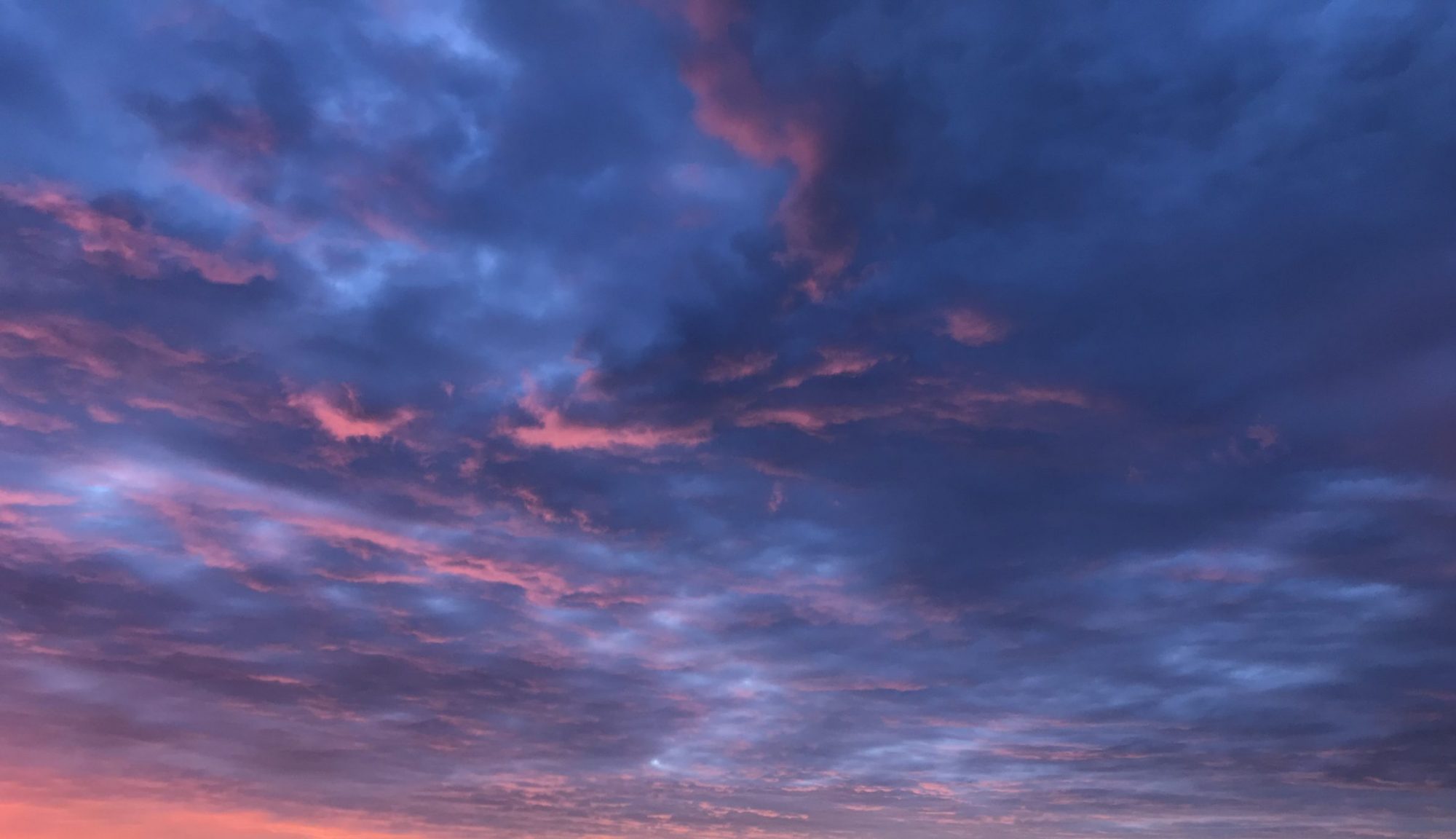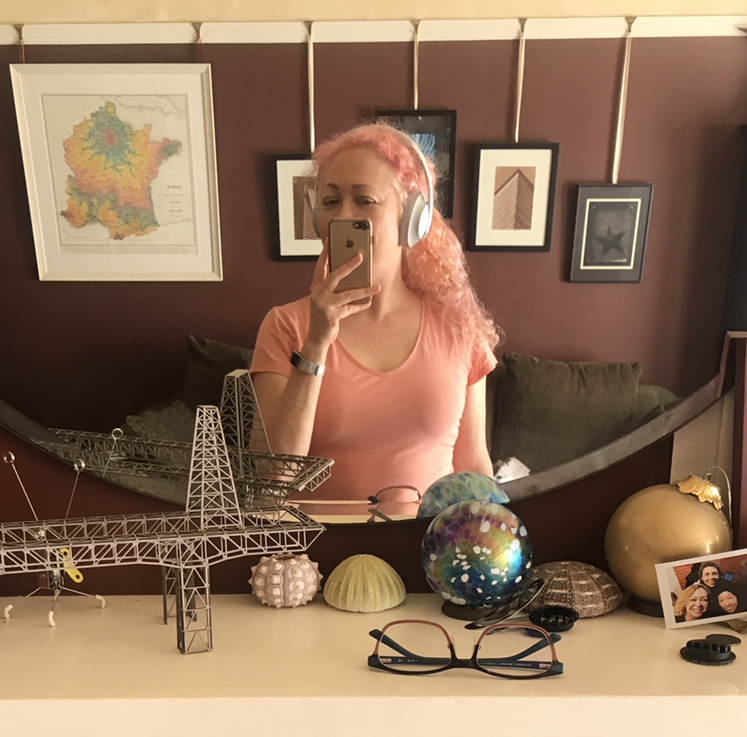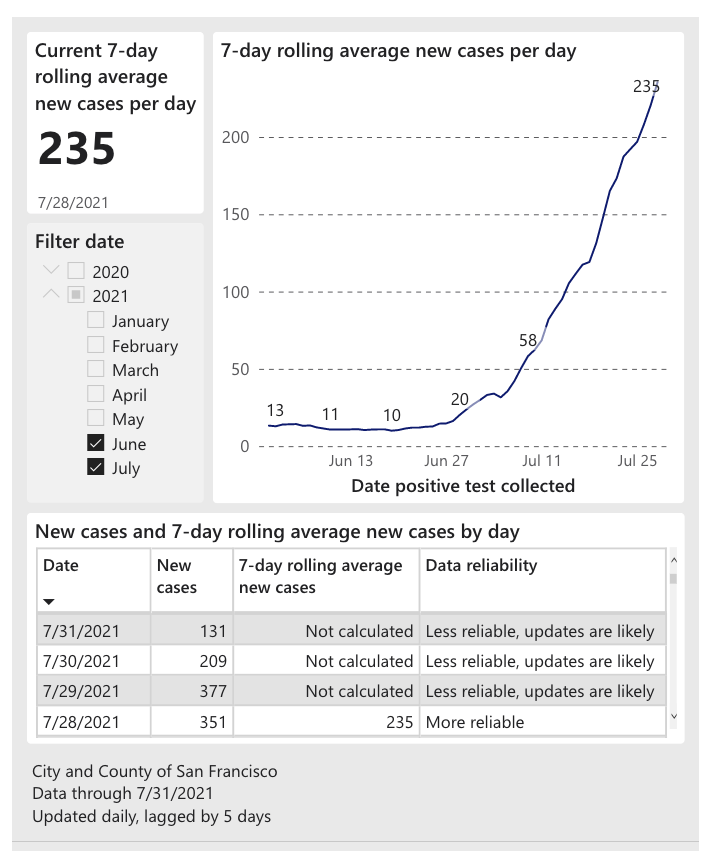
I’m organizing some of my things for a construction project, and one of those things is my Long Playing Record (LP) collection. My first actual music “album” was an audiocassette of Rick Springfield’s Working Class Dog, and the original Sony Walkman made cassettes preferable, so I could take music with me on long transit rides (and somehow, all transit rides were long back then!).
However, records were… special. You would plop down in front of your home stereo and listen to records to listen to records, not just as background music for other things! It was a wonderful activity, and I had some enormous headphones (which surely belonged to my father) with a spiral cord that would attach me to the stereo for HOURS. But it was also good to have friends over to listen to records together.
I don’t buy records anymore, in this era of buying online and having music on many devices — who would have thought I would listen on tiny Bose earbuds to my music ON MY PHONE (!?!?!?) — but I still enjoy my collection.
I’m sharing a list of my 12″ records sorted by year recorded. This will tell you about my age (eek), and also when my core record-buying years were. Even during those years, my audio cassette purchases were high at the beginning, and my CD purchases overlapped at the end, so this isn’t a complete reflection of my music buying at the time. It does reflect music I took the time to enjoy at home, or took a risk on, since records were reasonably priced (and were what I spent my allowance and job income on). This list includes LPs (long playing records), EPs (extended playing records – collections of 2 or more songs), 12″ singles (songs too long to fit on a 45 single song record, usually because they have been remixed), and various special variations of these (versions released in other countries, picture disks, etc.).
My 12″ Records Sorted by Year of Release, then Artist Name ( 122 Items)
- 1972
- Bowie, David – The Rise and Fall of Ziggy Stardust and the Spiders from Mars — RCA — 1972
- 1977
- Bowie, David – Heroes — RCA — 1977
- Elvis Costello – My Aim Is True — Stiff — 1977
- 1978
- Elvis Costello and the Attractions – Armed Forces — Columbia — 1978
- 1979
- B-52’s, The – The B-52’s — Warner Bros — 1979
- 1981
- Duran Duran – Careless Memories 12″ — Tritec — 1981
- Duran Duran – Nite Romantics (Japan Edition) — EMI — 1981
- Idol, Billy – Don’t Stop — Chrysalis — 1981
- 1982
- Adam Ant – Friend or Foe — Epic — 1982
- Clash, The – Combat Rock — CBS — 1982
- Culture Club – Kissing to be Clever — Virgin — 1982
- Duran Duran – Carnival (Japan Edition) — Tritec — 1982
- Duran Duran – Rio 12″ — EMI — 1982
- Foreigner – Records — Atlantic — 1982
- Madness – The Rise and Fall – — Stiff — 1982
- Men At Work – Cargo — Columbia — 1982
- Depeche Mode – See You (Extended Version) — Mute — 1982
- 1983
- Culture Club – Colour By Numbers — Virgin — 1983
- Def Leppard – Pyromania — Polygram — 1983
- Depeche Mode – Construction Time Again — Sire — 1983
- Duran Duran – Is There Something I Should Know? 12″ — Tritec — 1983
- Duran Duran – New Moon on Monday 12″ — EMI — 1983
- Duran Duran – Seven and the Ragged Tiger — EMI — 1983
- Duran Duran – Union of the Snake 12″ — Tritec — 1983
- Echo and The Bunnymen – EP Recorded Live a tthe Royal Albert Hall — Sire — 1983
- Fixx, The – Reach the Beach — MCA — 1983
- Frankie Goes to Hollywood – Relax 12″ — ZTT — 1983
- Gene Loves Jezebel – Promise — Beggar’s Banquet — 1983
- Idol, Billy – Billy Idol — Chrysalis — 1983
- Idol, Billy – Rebel Yell — Chrysalis — 1983
- Lauper, Cyndi – She’s So Unusual — CBS — 1983
- Midnight Oil – 10,9,8,7,6,5,4,3,2,1 — Columbia — 1983
- New Order – Blue Monday 12″ — Qwest — 1983
- Tears for Fears – The Hurting — Polygram — 1983
- Total Coelo – I Eat Cannibals 12″ — Chrysalis — 1983
- U2 – Under a Blood Red Sky Live 12″ — Warner Bros — 1983
- U2 – War — Island — 1983
- Yanks – Only Lovers Left Alive — Orb — 1983
- 1984
- Alphaville – Forever Young — Atlantic — 1984
- Aztec Camera – Knife — Sire — 1984
- Big Country – Steeltown — Phonogram — 1984
- Bowie, David – Tonight — EMI — 1984
- Culture Club – Waking Up with the House on Fire — Virgin — 1984
- Depeche Mode – Some Great Reward — Sire — 1984
- Duran Duran – Arena — Capitol — 1984
- Duran Duran – The Reflex 12″ Picture Disk — Tritec — 1984
- Frankie Goes to Hollywood – Two Tribes (Annihilation) 12″ — ZTT — 1984
- Frankie Goes to Hollywood – Welcome to the Pleasuredome — Island — 1984
- General Public – All The Rage — IRS — 1984
- Orchestral Manoeuvres in the Dark – Junk Culture — Virgin — 1984
- Simple Minds – Sparkle In The Rain — A&M — 1984
- Springfield, Rick – Beautiful Feelings — Polygram — 1984
- Talk Talk – It’s My Life — EMI — 1984
- Talking Heads – Stop Making Sense — Sire — 1984
- Time Zone – World Destruction 12″ — OAO — 1984
- U2 – The Unforgettable Fire — Island — 1984
- Wham! – Make It Big — CBS — 1984
- Yanks – Made in the States — DTI — 1984
- 1985
- Cult, The – Love — Sire — 1985
- Depeche Mode – Black Celebration — Sire — 1985
- Depeche Mode – Catching Up with Depeche Mode — Mute — 1985
- Elvis Costello and the Attractions – The Best of Elvis Costello and the Attractions — Columbia — 1985
- Hooters – Nervous Night — CBS — 1985
- INXS – Listen Like Thieves — Atlantic — 1985
- Midnight Oil – Red Sails in the Sunset — CBS — 1985
- New Order – Low Life — Qwest — 1985
- New Order – The Perfect Kiss 12″ — Qwest — 1985
- Oingo Boingo – Dead Man’s Party — MCA — 1985
- Orchestral Manoeuvres in the Dark – Crush — A&M / Virgin — 1985
- REM – Fables of The Reconstruction — IRS — 1985
- Scritti Politti – Cupid & Psyche 85 — Warner Bros — 1985
- Wire Train – Between Two Words — CBS — 1985
- Yello – Oh Yeah 12″ — Mercury — 1985
- 1986
- Alphaville – Afternoons in Utopia — Atlantic — 1986
- Blow Monkeys, The – Animal Magic — RCA — 1986
- Crowded House – Crowded House — Capitol / EMI — 1986
- Damned, The – Anything — MCA — 1986
- Flock of Seagulls, A – The Best of A Flock of Seagulls — Jive — 1986
- Gabriel, Peter – So — Geffen — 1986
- Kraftwerk – Electric Cafe — Warner Bros — 1986
- REM – Life’s Rich Pageant — IRS — 1986
- Shriekback – Big Night Music — Island — 1986
- Smithereens, The – Especially For You — Enigma — 1986
- The The – Infected 12″ — CBS — 1986
- XTC – Skylarking — Geffen — 1986
- 1987
- 10,000 Maniacs – In My Tribe — Elektra / Asylum — 1987
- Bolshoi, The – Lindy’s Party — RCA — 1987
- Cabaret Voltaire – Here To Go 12″ Remix — EMI — 1987
- Cult, The – Electric — Sire — 1987
- Cure, The – Kiss Me Kiss Me Kiss Me — Elektra / Asylum — 1987
- Depeche Mode – Music for the Masses — Sire — 1987
- Ferry, Bryan – Bete Noire — Warner Bros — 1987
- INXS – Kick — Atlantic — 1987
- Isaak, Chris – Chris Isaak — Warner Bros — 1987
- Midnight Oil – Diesel and Dust — Columbia — 1987
- New Order – Substance — Qwest — 1987
- Oingo Boingo – Boi-Ngo — MCA — 1987
- Pop Will Eat Itself – Box Frenzy — Chapter 22 / Rough Trade — 1987
- REM – Dead Letter Office — IRS — 1987
- REM – Document — IRS — 1987
- Replacements, The – Pleased to Meet Me — Sire — 1987
- Silencers, The – A Letter From St. Paul — BMG — 1987
- Smiths, The – Louder Than Bombs — Sire — 1987
- Smiths, The – Strangeways, Here We Come — Sire — 1987
- Squeeze – Bablylon and On — A&M – — 1987
- U2 – The Joshua Tree — Warner Bros — 1987
- Wire Train – Ten Women — CBS — 1987
- 1988
- Beatnik Beach – Beatnik Beach — Atlantic — 1988
- Book of Love – Lullaby — Sire — 1988
- Chapman, Tracey – Tracey Chapman — Elektra / Asylum — 1988
- Church, The – Starfish — Arista — 1988
- Dead Milkmen, The – Beelzebubba — Enigma — 1988
- Erasure – The Innocents — Sire — 1988
- Kon Kan – I Beg Your Pardon 12″ — Atlantic — 1988
- Morrissey – Viva Hate — Sire — 1988
- Palmer, Robert – Heavy Nova — EMI / Manhattan — 1988
- REM – Green — Warner Bros — 1988
- Smithereens, The – Green Thoughts — Enigma/Capitol — 1988
- Talking Heads – Naked — Sire — 1988
- 1989
- Figures on a Beach – You Ain’t Seen Nothing Yet 12″ — Sire — 1989
- Nine Inch Nails – Pretty Hate Machine — TVT — 1989
- Replacements, The – Don’t Tell a Soul — Sire — 1989
(I do have more records than this, but these are the ones I’m taking responsibility for.)
I’ll (eventually) post a separate list of my audio CDs eventually, and perhaps create a “featurette” page with an inventory of my physical music collection as a whole, organized by artist, especially if I can find one of my old ’80s inventories to fill in the cassette gaps.





